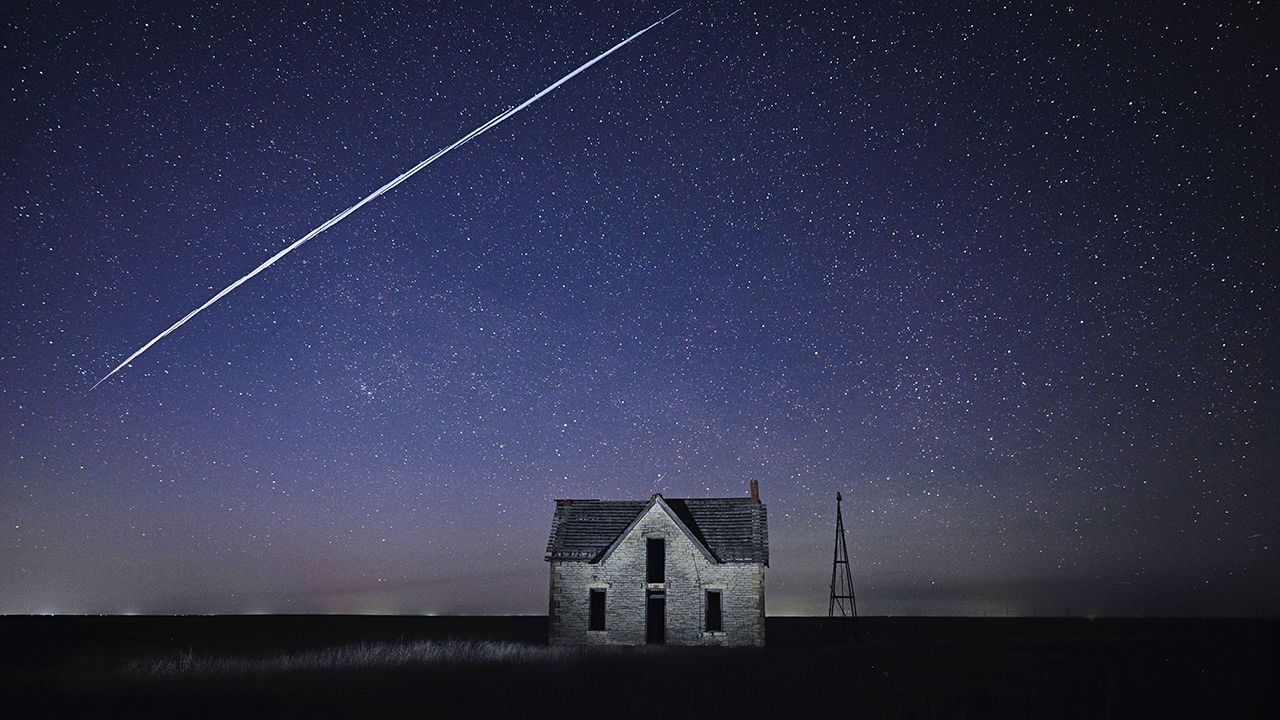Unlucky LIPs may explain Venus’s hostile environment
Huge volcanoes may have wrecked the Venusian climate—and may yet do the same to Earth’s

Venus and Earth are of almost equal size and grew from the same mixture of raw materials, yet while Earth has been wet and temperate for most of the 4.5bn years it has existed, Venus is a bone-dry 450°C pressure cooker.
This article appeared in the Science & technology section of the print edition under the headline “Read my LIPs”
Science & technology
October 22nd 2022
From the October 22nd 2022 edition
Discover stories from this section and more in the list of contents
Explore the edition
Satellites are polluting the stratosphere
And forthcoming mega-constellations will exacerbate the problem

AI models are dreaming up the materials of the future
Better batteries, cleaner bioplastics and more powerful semiconductors await

Mice have been genetically engineered to look like mammoths
They are small and tuskless, but extremely fluffy
Is posh moisturiser worth the money?
Don’t break the bank
How artificial intelligence can make board games better
It can iron out glitches in the rules before they go on the market
The skyrocketing demand for minerals will require new technologies
Flexible drills, distributed power systems and, of course, artificial intelligence








